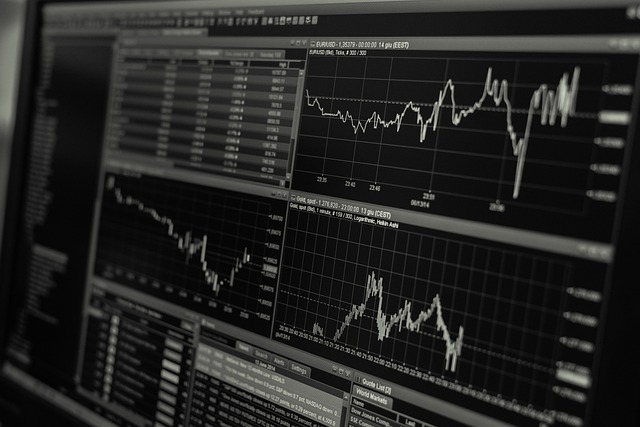Online Trading: Practical Guide to Platforms, Markets, and Practice
Online trading refers to buying and selling financial instruments through internet-based platforms designed for individuals and institutions. It covers a range of assets — stocks, bonds, ETFs, options, forex, and commodities — and relies on broker software, order routing systems, and market data to execute trades quickly. This article explains how online trading works, its role in finance, approaches to investment, connections with the stock market, and the purpose of virtual trading.

What is online trading and how does it work?
Online trading is the electronic execution of buy and sell orders through brokerage platforms rather than via phone or in-person brokers. Retail traders access accounts provided by broker-dealers or trading apps, place orders (market, limit, stop), and the platform routes those orders to exchanges or market makers. The process depends on connectivity, real-time quotes, and the broker’s order execution policies. Many platforms also include research tools, charts, news feeds, and mobile access to support decision-making.
Order types and execution details matter: market orders prioritize speed, limit orders control price, and stop orders aim to manage losses. Execution can vary by broker—some route orders to external firms that may add liquidity, others send them directly to exchanges. Understanding execution quality, spreads, and potential slippage helps set realistic expectations.
How does online trading fit into finance?
Online trading is a component of the broader finance ecosystem, expanding access to capital markets and increasing liquidity. It allows individuals to participate in price discovery and to allocate capital across assets, supporting the overall functioning of financial markets. For institutions, electronic trading supports portfolio rebalancing, hedging, and risk management. On the macro level, higher participation and faster trade execution contribute to market efficiency, though they also increase the speed at which prices adjust to new information.
Regulatory frameworks oversee online trading to protect investors and ensure fair markets. Rules vary by jurisdiction and cover matters like account suitability, disclosures, anti-money-laundering checks, and best execution requirements. Traders should be aware of the regulatory environment affecting accounts in their country and any cross-border considerations when using international brokers.
How to approach investment with online trading?
Approaching investment via online trading starts with defining objectives: income, growth, capital preservation, or a mix. Time horizon and risk tolerance shape whether an investor favors long-term buy-and-hold strategies or active trading. Diversification—spreading capital across sectors, geographies, and asset classes—reduces exposure to single-event shocks and is a fundamental principle for many investors.
Practical steps include setting an investment plan, using limit orders to control entry and exit prices, and monitoring fees such as commissions, spreads, and account charges that can erode returns. Many investors combine passive instruments like ETFs with selective individual stock positions. Regular review and rebalancing aligned with financial goals help maintain an appropriate risk profile over time.
How does online trading interact with the stock market?
The stock market is a primary venue for online trading of shares. Online platforms provide access to primary exchanges (for example, national stock exchanges) and to alternative trading systems. Trades placed through online brokers contribute to price formation as orders reflect supply and demand. Market data feeds show quotes, bid-ask spreads, and volume, which traders use to assess liquidity and timing.
Beyond equities, many platforms offer related instruments such as exchange-traded funds (ETFs), options on stocks, and futures that allow exposure or hedging strategies tied to stock market movements. Understanding corporate events (earnings, dividends, splits) and macro factors (interest rates, economic data) helps traders contextualize price changes and align decisions with broader market dynamics.
What is virtual trading and why use it?
Virtual trading, often called paper trading or simulated trading, lets users practice buying and selling with simulated money in a risk-free environment. It mirrors live market conditions—real-time quotes, charts, and order types—so newcomers can learn platform mechanics, strategy implementation, and trade execution without risking real capital. Experienced traders use virtual trading to test new strategies or to familiarize themselves with a different market or asset class.
Limitations of virtual trading include absence of emotional pressure associated with real losses and potential differences in order execution or slippage that occur in live markets. While it’s a valuable educational tool, transitioning to live accounts should be gradual, starting with small positions and disciplined risk management until confidence and a proven track record are established.
Conclusion
Online trading provides accessible tools to participate in financial markets, whether for long-term investment or shorter-term strategies. Success depends on clear objectives, understanding costs and execution, sound risk management, and continuous learning. Virtual trading can build foundational skills, but real-world conditions require careful planning and ongoing attention to market rules and regulatory requirements.






